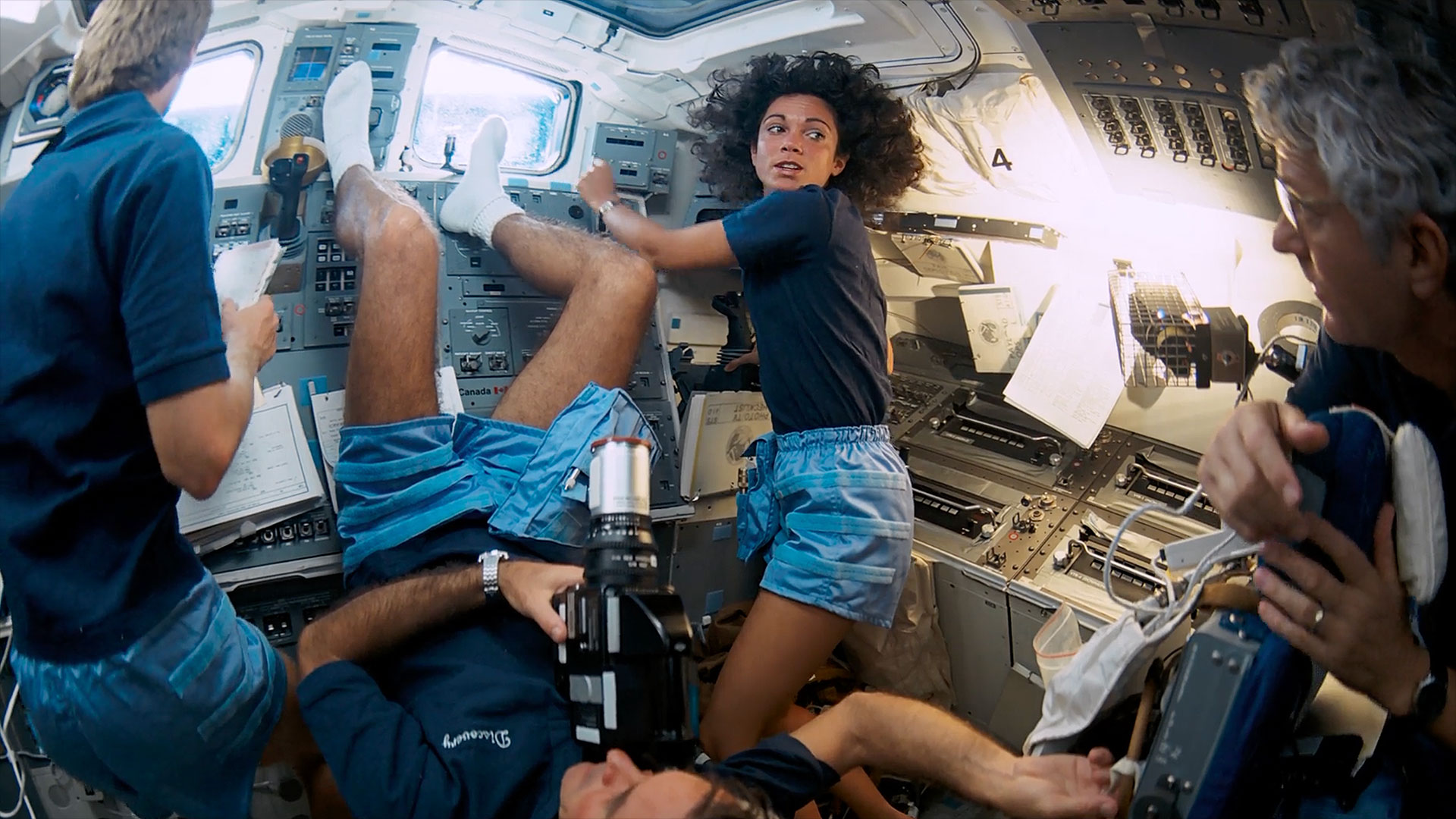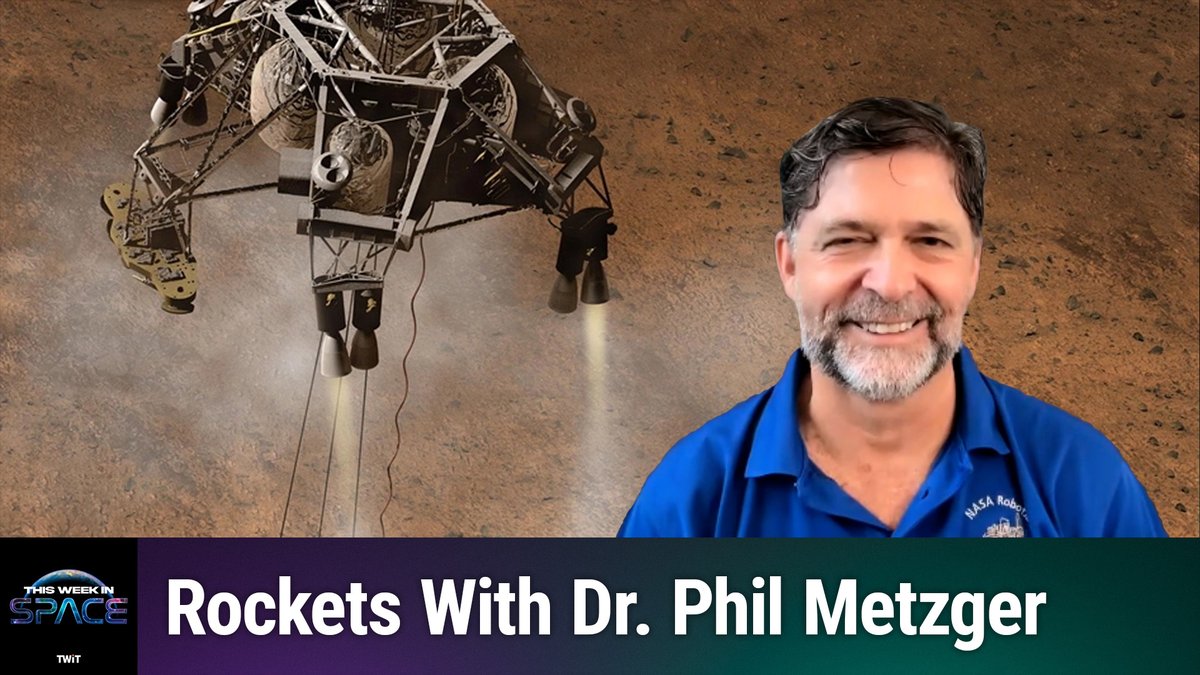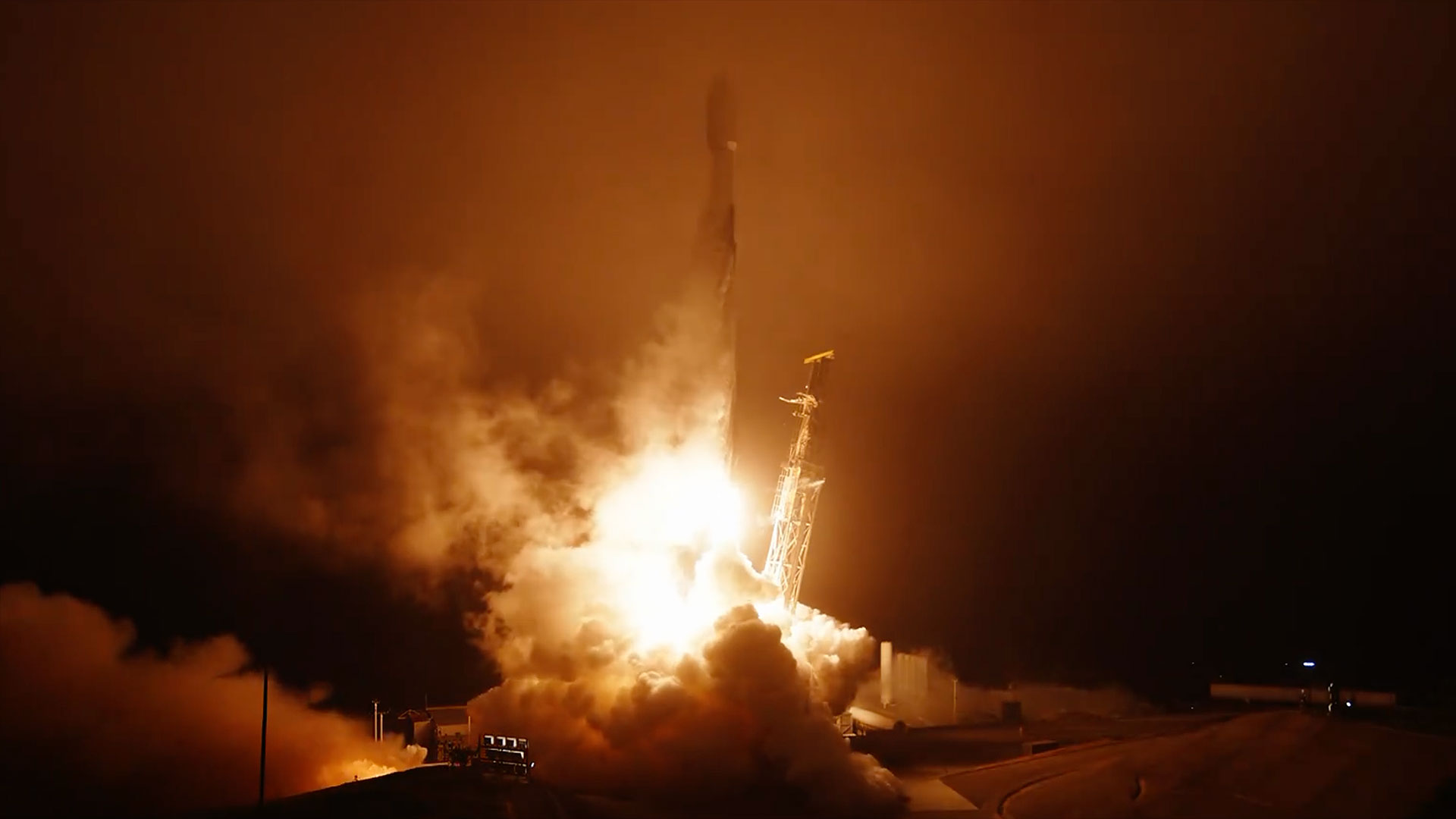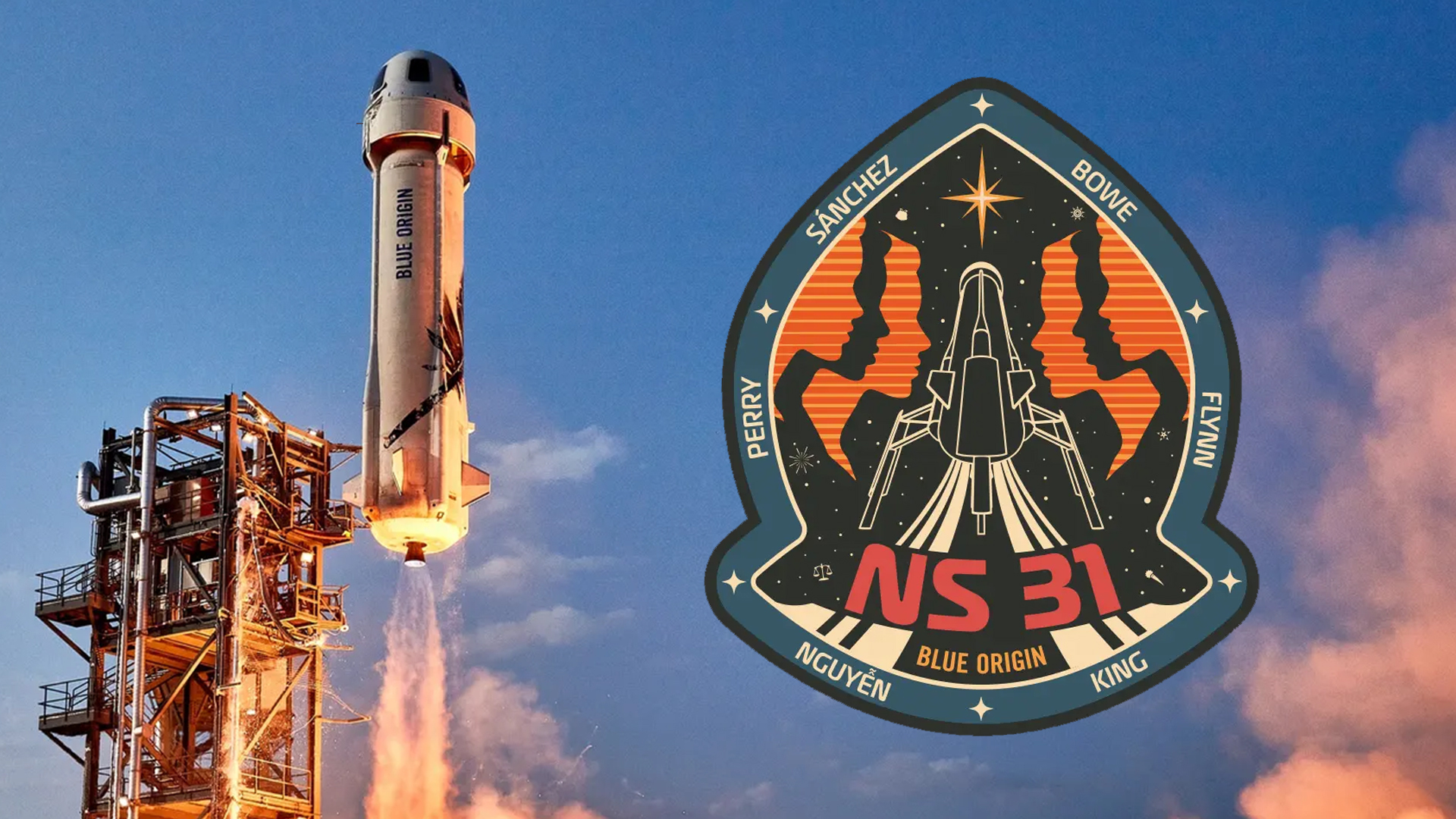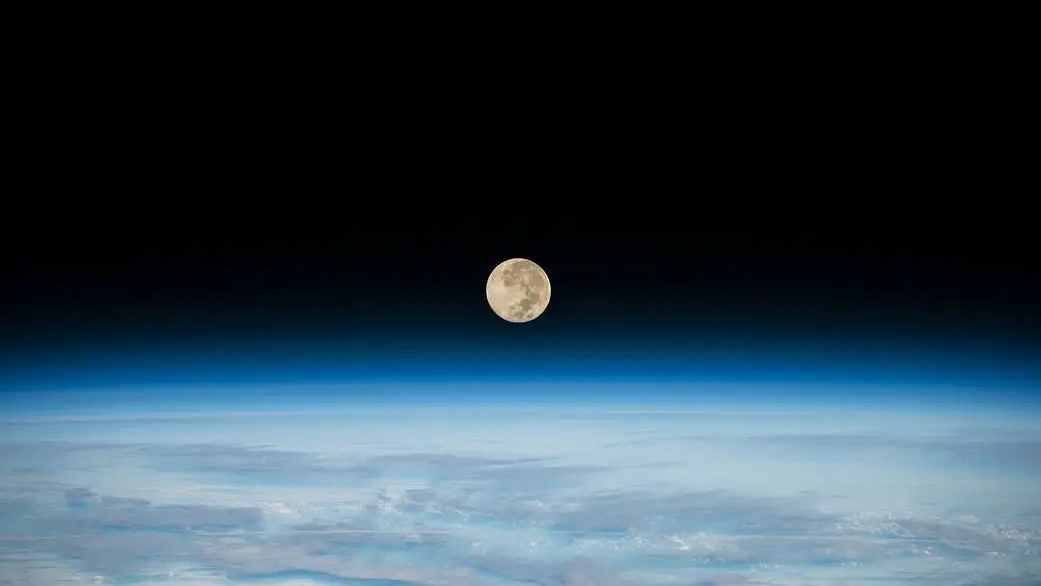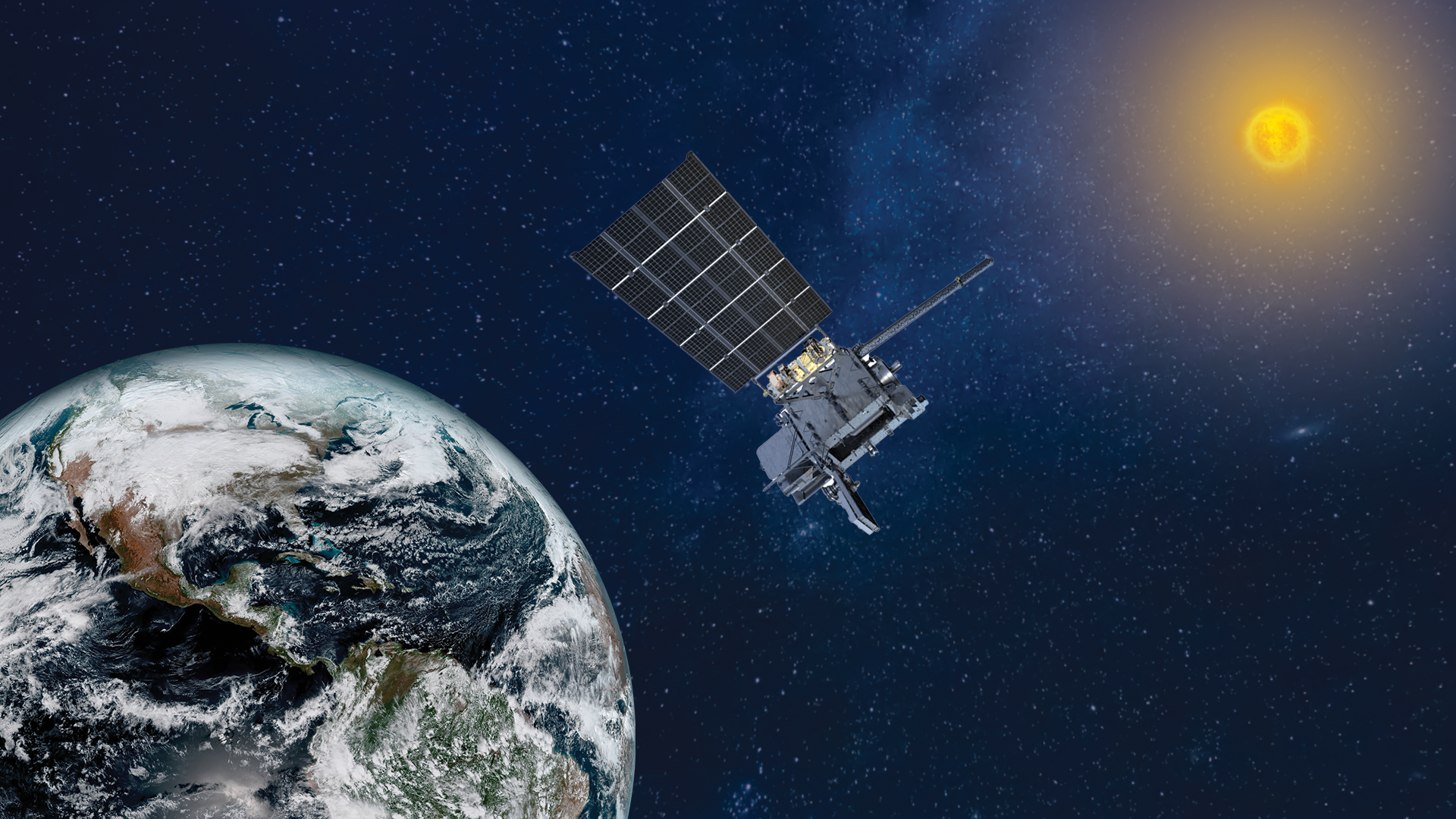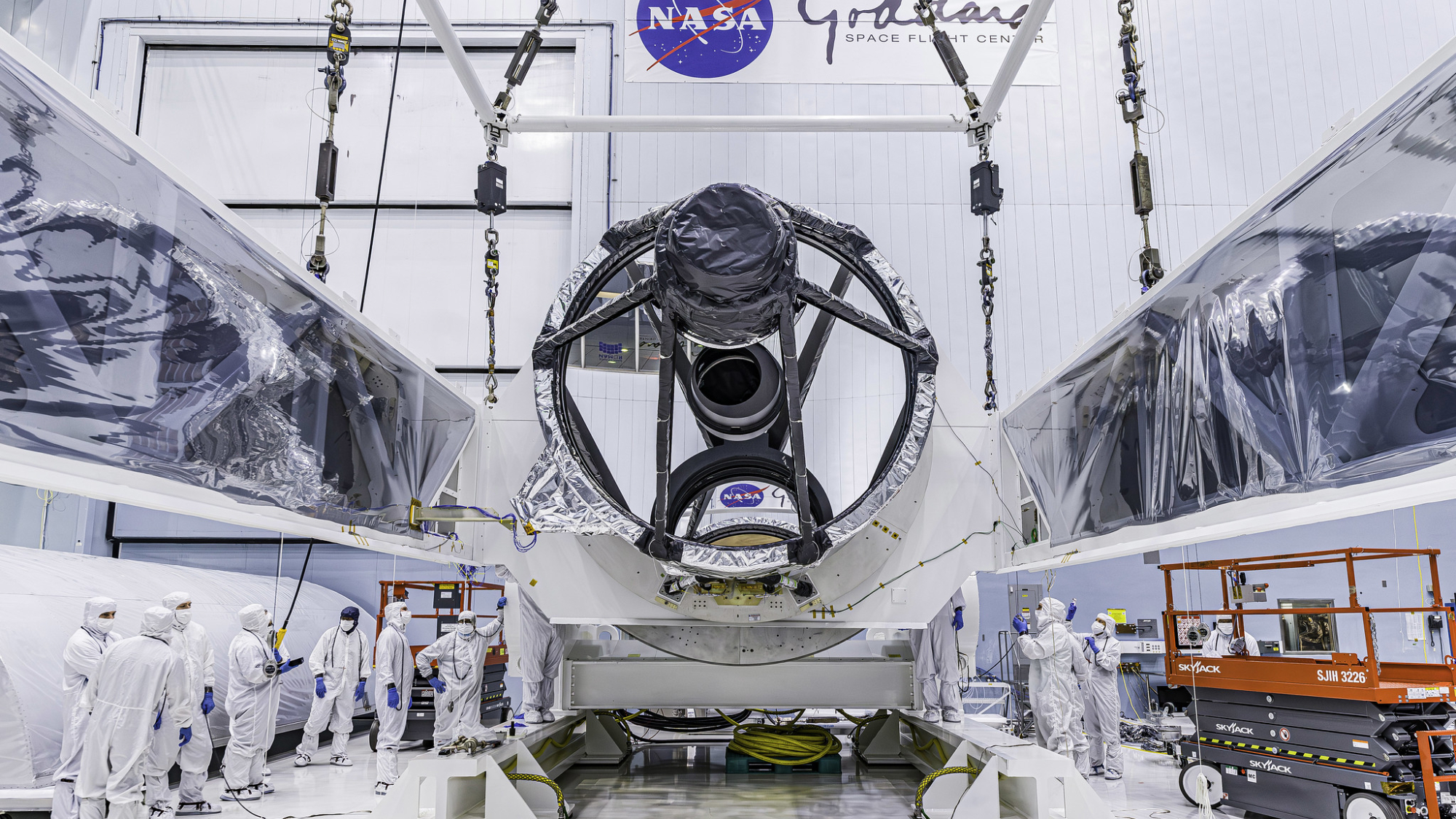Newly-launched Indian satellite left stranded by propulsion problem
Valves on the navigation satellite did not open, preventing its engines from firing to change orbit.
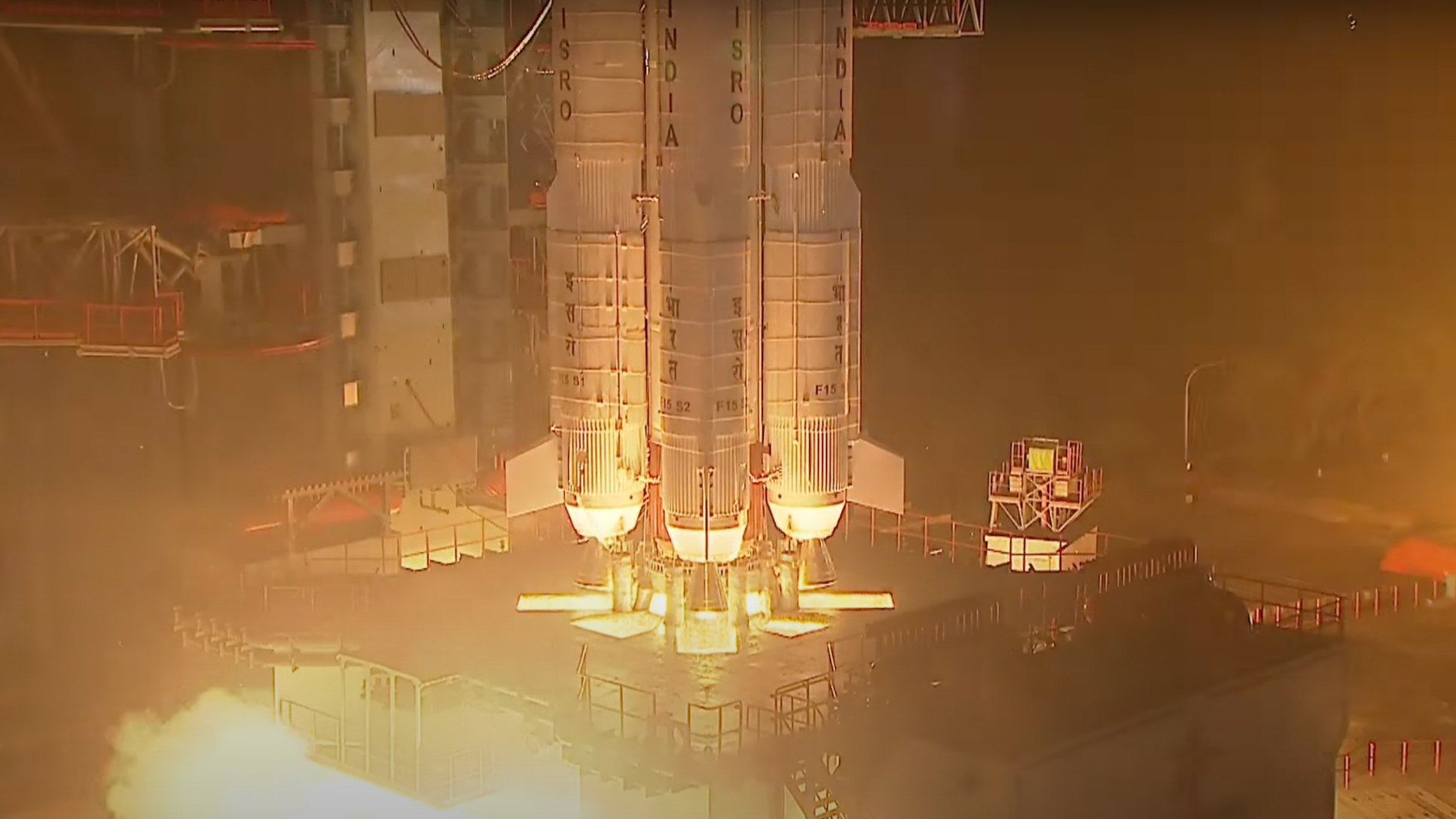
India just launched its first mission of 2025.
The Indian Space Research Organisation's (ISRO) Geosynchronous Satellite Launch Vehicle (GSLV) lifted off from Satish Dhawan Space Centre on schedule today at 7:53 p.m. EST (0053 GMT and 6:23 a.m. local time on Jan. 29).
It was the 100th launch overall from the storied spaceport, which lies on the barrier island Sriharikota, off India's southeastern coast. The first orbital liftoff from the site occurred in August 1979, according to The Hindu.
NVS-02 was expected to take up a position along the geostationary belt, around 22,236 miles (35,786 kilometers) above the equator.
Reaching geostationary orbit usually first involves launching into a low Earth orbit, before the rocket's upper stage fires to send the spacecraft into an elliptical transfer orbit, with a low perigee, or closest point to Earth, and a high apogee, or furthest point from Earth, around the altitude of geostationary orbit. When the satellite reaches apogee, the spacecraft fires its engines to raise the perigee and make the orbit circular at geostationary altitude.
This is, however, the point at which NVS-02 was found to suffer a value issue, could not fire its engines, and thus remains in transfer orbit.
ISRO is now looking into alternative solutions and uses for the satellite, potentially including using the spacecraft's smaller, attitude control thrusters to raise its perigee and prevent it deorbiting due to atmospheric drag.
Get the Space.com Newsletter
Breaking space news, the latest updates on rocket launches, skywatching events and more!
"The satellite systems are healthy and the satellite is currently in elliptical orbit," ISRO says. "Alternate mission strategies for utilising the satellite for navigation in an elliptical orbit is being worked out."
NVS-02 is the second of five planned next-gen spacecraft in the Navigation with Indian Constellation. NavIC, which is designed to provide India and surrounding regions with positioning, navigation and timing services, similar to those provided by the US GPS and other systems.
The launch was India's first of 2025 and the 100th launch from Satish Dhawan Space Centre, situated on the barrier island Sriharikota, off India's southeastern coast.
Join our Space Forums to keep talking space on the latest missions, night sky and more! And if you have a news tip, correction or comment, let us know at: community@space.com.

Andrew is a freelance space journalist with a focus on reporting on China's rapidly growing space sector. He began writing for Space.com in 2019 and writes for SpaceNews, IEEE Spectrum, National Geographic, Sky & Telescope, New Scientist and others. Andrew first caught the space bug when, as a youngster, he saw Voyager images of other worlds in our solar system for the first time. Away from space, Andrew enjoys trail running in the forests of Finland. You can follow him on Twitter @AJ_FI.
